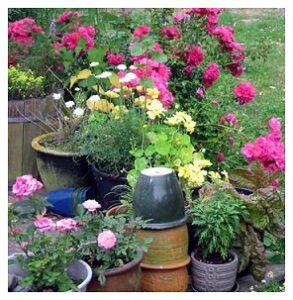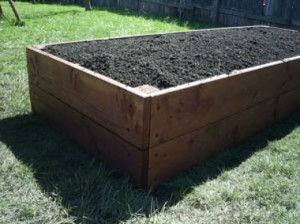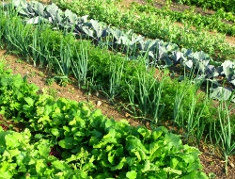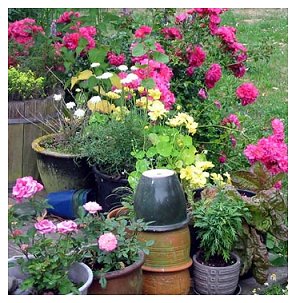 As I sit at my keyboard, gazing out the glass office doors, pondering the selection of this month’s newsletter article, it dawns on me that this is a season of endings and beginnings. The vegetables in the garden have been harvested, except the collards, spinach and leaf lettuce, the fallen leaves have been raked, pine straw mulch has been spread, and the lawn mower has been serviced and parked. There may be a few more chores to do that I may have forgotten, but I’ll think of them later. I guess that is what comes with age.
As I sit at my keyboard, gazing out the glass office doors, pondering the selection of this month’s newsletter article, it dawns on me that this is a season of endings and beginnings. The vegetables in the garden have been harvested, except the collards, spinach and leaf lettuce, the fallen leaves have been raked, pine straw mulch has been spread, and the lawn mower has been serviced and parked. There may be a few more chores to do that I may have forgotten, but I’ll think of them later. I guess that is what comes with age.
The month of December is an interesting time of year. Humanly speaking, a flurry of activity begins and builds to a high pitch through the end of December with parties, gift exchanges, and the friendship of old acquaintances being rekindled. Our priorities have been shifted, and our yards move to the bottom of the list. Therefore, there is no reason to bore ourselves with a monotony of do’s and don’ts relating to everyday gardening and yard work.
Wait a minute! Something in nature will occur Saturday, December 22. The length of days will begin to increase with the occurrence of the Winter Solstice. It is time to plan our 2013 vegetable and flower gardens! If we wait until the bees are buzzing and the birds are singing to make our garden plans, we may encounter some problems. In nature what can happen, will happen. Plan ahead!
When Planning Your Garden, Make Do With What You’ve Got!!!
Consider:
- Garden Space (Area)
- Physical Abilities
- Willingness to be a Good Steward of the Garden
 Garden Space #1: Container Gardening – Those of you who live in a home with only a patio for your outdoor space, there is hope: Container gardening. A benefit of small containers is that you can move the garden indoors on cold nights and outside on warmer days. Use clean potting mix, and you should have no weeds or diseases. There is no crop rotation—just change the potting mix.
Garden Space #1: Container Gardening – Those of you who live in a home with only a patio for your outdoor space, there is hope: Container gardening. A benefit of small containers is that you can move the garden indoors on cold nights and outside on warmer days. Use clean potting mix, and you should have no weeds or diseases. There is no crop rotation—just change the potting mix.
Garden Space #2: Raised Gardening – Please take note: I did not use the term “raised bed gardening.” A seed bed is where you plant a seed, and can be a furrow bed, flat bed or a raised bed on flat ground. A raised garden is constructed with containment walls with heights as low as 8 inches, up to waist high connected to the soil beneath. An ideal structure size is 4’ by 8’ with a soil mixture containing soil and soil amendments. Crop rotation needs to be practiced. 
Garden Space #3: Traditional Gardening or Flat Land Gardening – Traditional gardening can be rewarding, yielding a large quantity of produce, but it is for the hardy of soul and body. This is my opinion and does not come out of the books: You will have a higher incidence of insects and diseases.
HAPPY GARDENING!





